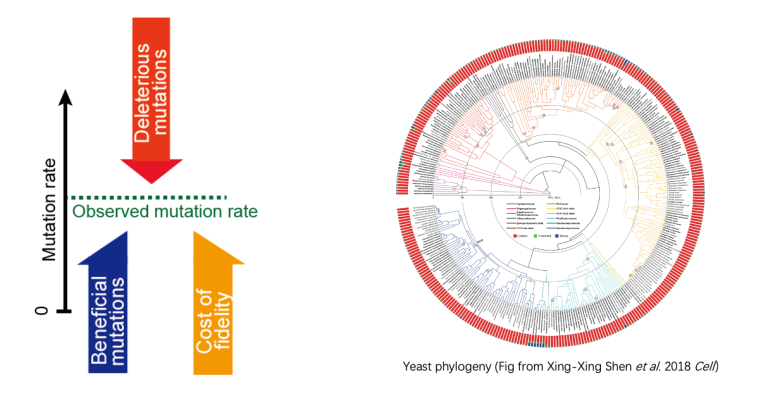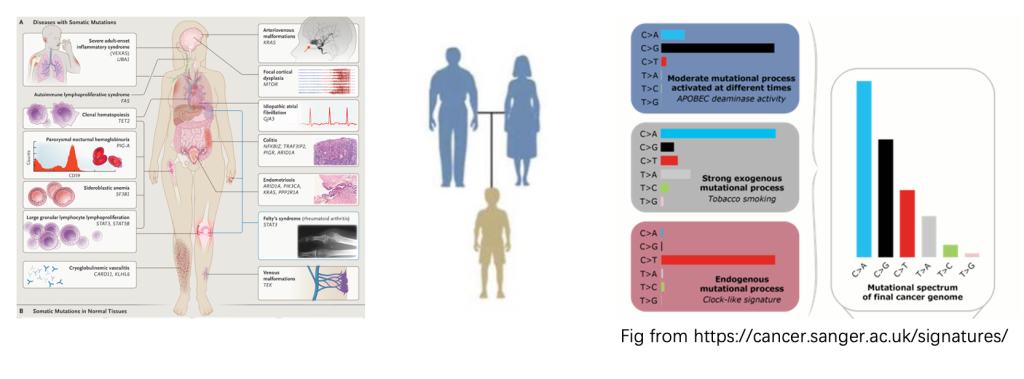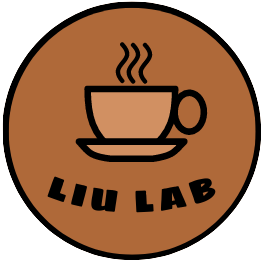Future Directions
The research interests of the lab cover a broad span in relation to evolution and genetics. In the future, we will focus on the following three directions:
1. Molecular genetic mechanisms and driving forces of mutation rate variation and evolution
Mutation is the ultimate source of all genetic variations. A basic knowledge about mutation rates is central for understanding all areas of biology. Previous studies have mainly focused on pathways that limit the mutation rate. While our study showed that mutation rate is under stabilizing selection instead of directional selection, which opens the possibility to lower the mutation rate even further. Our research in this field will focus on these questions: (1) Design experiments that create selective pressure to lower the mutation rate in budding yeast to test the lower limit of mutation rate; (2) Test the cost of fidelity, which is a hypothetical force that will increase the mutation rate; (3) Studying the genetic basis of between-species variation of mutation rate.

2. Detecting selection on phenotypic traits
There are two major theories of evolution. Darwin’s theory of natural selection and Kimura’s theory of neutral evolution. Darwin’s theory asserts that only advantage traits can be fixed by selection, while Kimura claims that a lot of changes at the sequence level are neutral and are fixed by change, not by selection. One of the major tasks of evolutionary biologists is to detect natural selection. In our lab, we plan to do this by comparing the traits between mutation accumulation lines and natural strains. The traits we are interested in include stress-induced mutagenesis, recombination rate, etc.

3. Mammalian somatic/germline mutation and cancer genetics
Somatic and germline mutations are responsible for >7000 genetic disorders in human (including cancer), so understanding the the mechanism of the mutational processes has immense therapeutic potentials. In this area we will focus on the following aspects: (1) Measuring the per division mutation rate in mammals; (2) Studying the rate and spectrum of meiotic mutations in human; (3) Dissecting the genetic basis of mutational signature in cancer cells; (4) Determining the number of cell divisions per generation in mammals.

Besides from the above directions, we strongly encourage students to develop their own scientific projects.
Past Research
My past research has focused on questions related to meiotic recombination and de novo mutation. Meiotic recombination and de novo mutation are the ultimate sources of all genetic variations, thus, a basic knowledge about them is central for understanding all areas of biology. My contributions to this field include: (1) Provided direct experimental evidence for the classic model of mutation rate evolution; (2) Examined the effect of environment on mutation rate and spectrum for the first time; (3) Revealed the causes and consequences of crossover via high-resolution recombination maps in honeybee and bumblebee; (4) Mapped gene conversion events during meiosis in multiple species with great accuracy for the first time, and based on this dataset, discovered many features about gene conversions.
